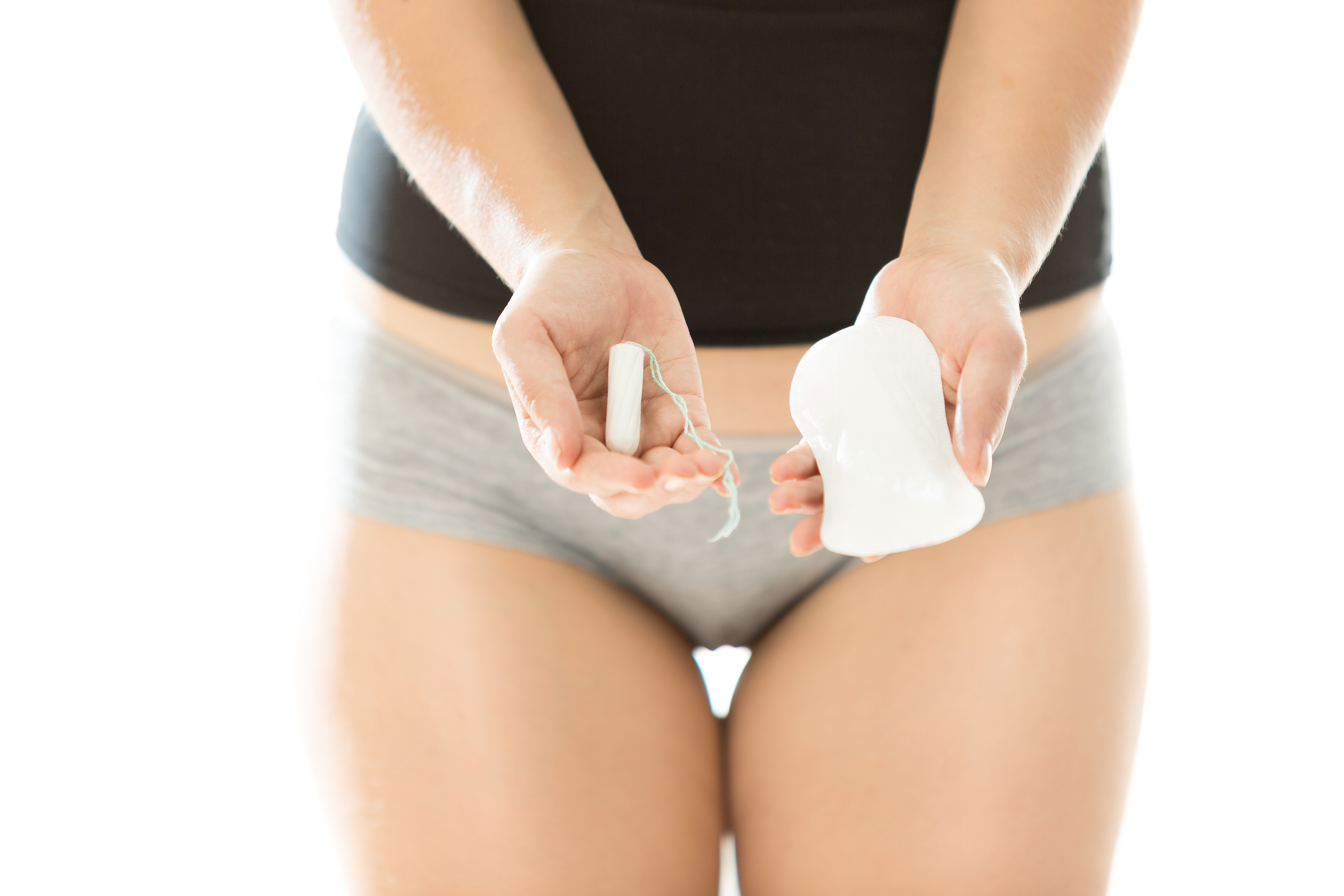Breast examination should first observe the development of the breasts: whether they are symmetrical, similar in size, whether the nipples are at the same level, and whether the nipples are retracted. Check for any erosion or ulceration, the color and texture of the breast skin, whether there is swelling or orange peel-like changes, and whether there are signs of inflammation such as redness and swelling. Also check if the superficial veins in the breast area are dilated.
Methods for self-examination of the breasts
1. Visual inspection:
Remove your upper clothing and stand in front of a mirror in bright light. Observe the bilateral breasts: with arms hanging down, check if there are any changes in the curved outline and if they are at the same height. Check the skin of the breasts, nipples, and areolas for any peeling or ulceration, and if the nipples are raised or retracted. Then place your hands on your hips and rotate your body left and right to continue observing these changes.
2. Palpation:
Stand or lie down, place your left hand behind your head, and use your right hand to examine the left breast. Keep your fingers close together and gradually move them in a clockwise direction from the upper part of the breast, checking in the order of upper outer, lower outer, lower inner, upper inner, and axillary areas. Systematically check for any lumps. Pay attention not to miss any parts and avoid using the fingertips to press or squeeze. After examining the breasts, gently squeeze the nipples with your index and middle fingers to observe if there is any bloody discharge. If any lumps or other abnormalities are found during the examination, it is important to seek further medical examination promptly.
Best time for examination
For women with regular menstrual cycles, the best time for breast examination is on the 9th to 11th day after the start of menstruation. During this time, the influence of estrogen on the breasts is minimal and the breasts are relatively stable, making it easier to detect any abnormalities. If a lump appears during lactation and there is a clinical suspicion of a tumor, further examination should be conducted after weaning.




